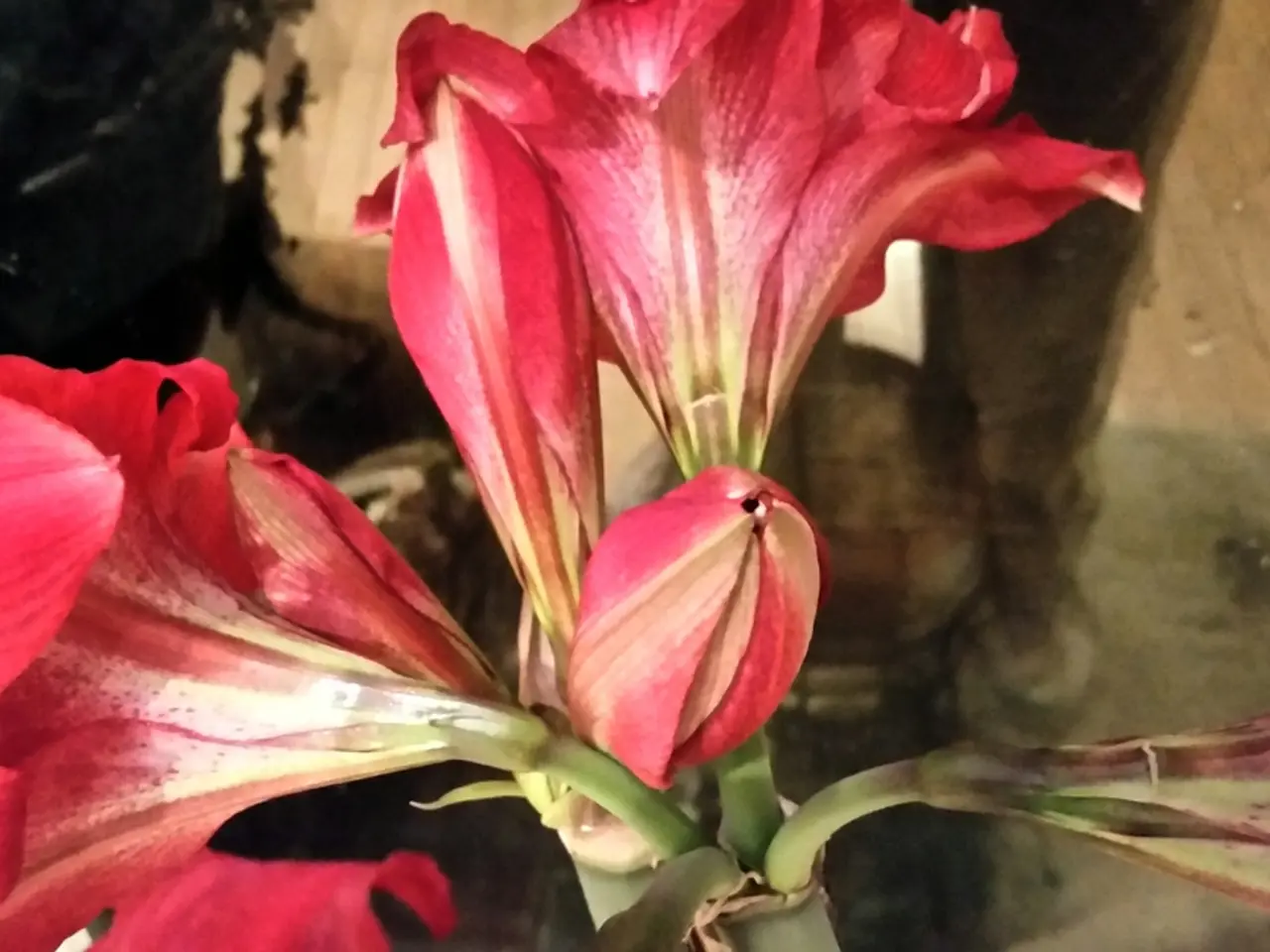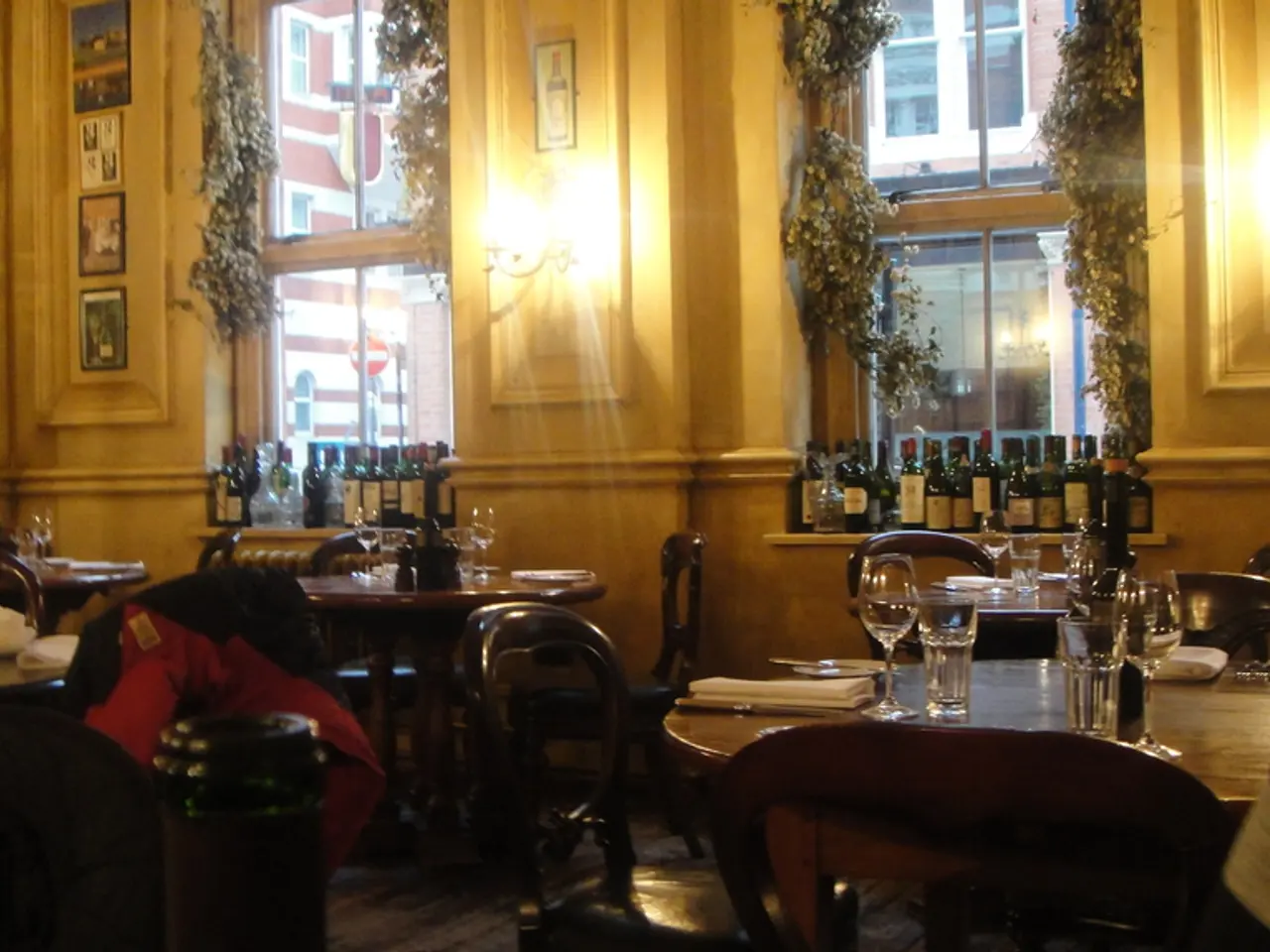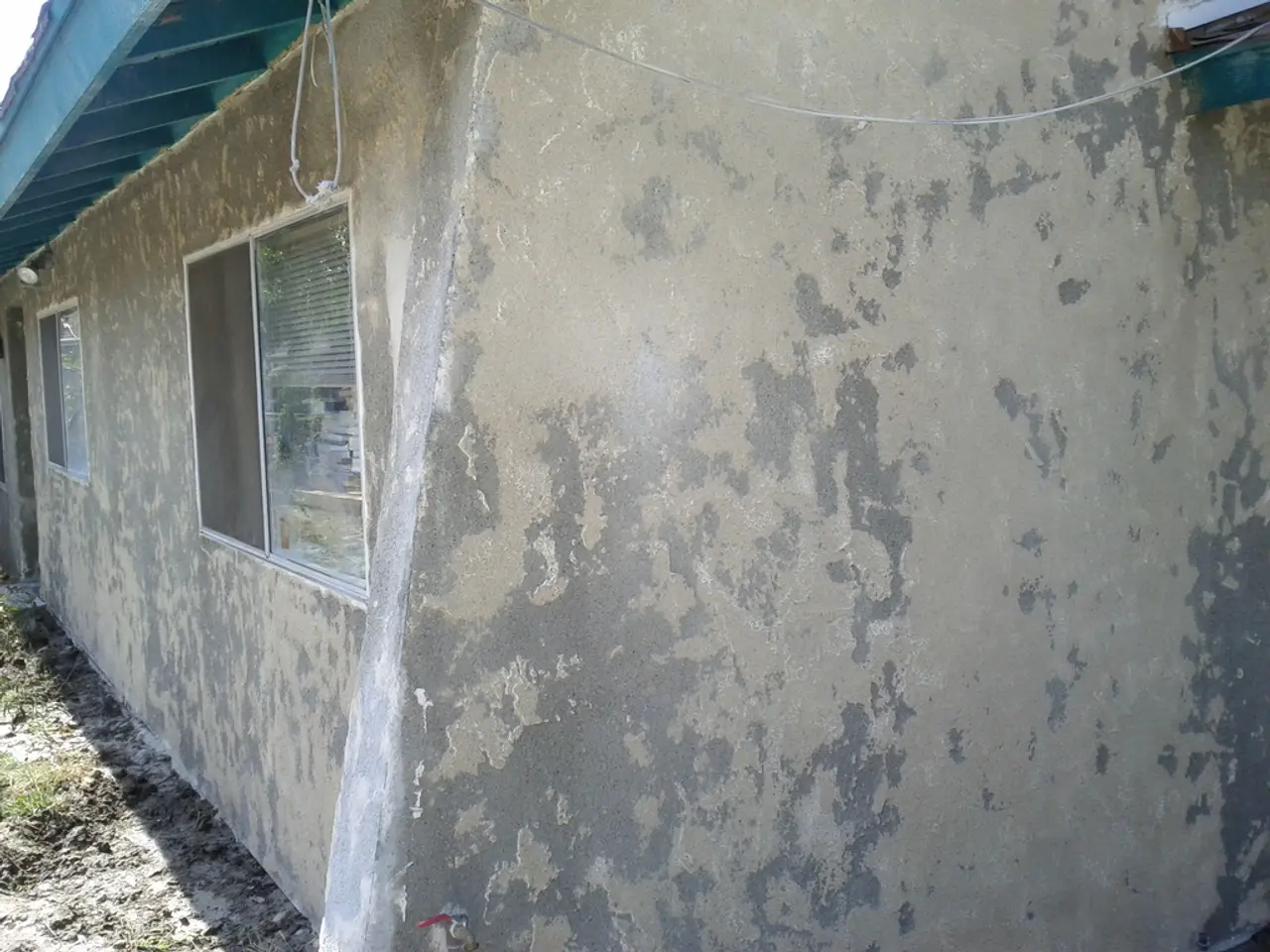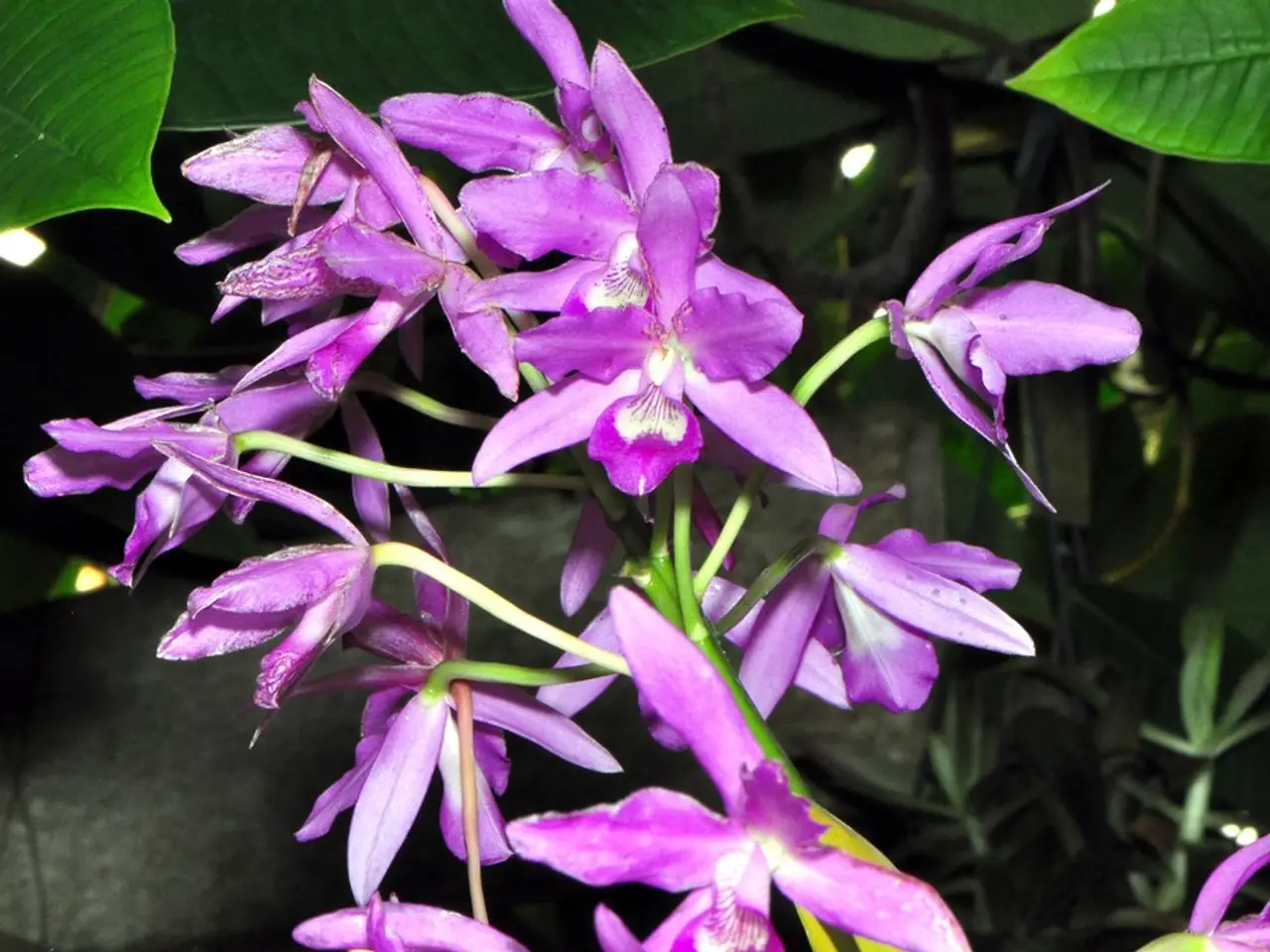Simply Growable Flowers to Adorn Your Mailbox, Effortlessly
Creating a Charming Mailbox Garden: Low-Maintenance Flowers and Planting Tips
A vibrant and low-maintenance mailbox garden can be easily achieved by incorporating a variety of native, drought-tolerant perennials. These plants not only thrive in full sun but also require minimal care, offering long-lasting colour and attracting pollinators.
Colourful Perennials
- Nasturtiums add a splash of orange, yellow, and red, with edible flowers and foliage that bring a playful touch.
- Petunias offer vibrant blooms in many colours, looking stunning trailing from planters or at the base of mailboxes.
- Gaillardia features bold, daisy-like blooms in shades of yellow, orange, and red, and is both heat and drought-tolerant.
- Morning glories offer dramatic, trumpet-shaped flowers that bloom in shades of blue, pink, or purple, and can quickly cover a mailbox post.
- Sweet alyssum is a low-growing flower with tiny white, pink, or purple clusters, perfect for edging the base of mailbox gardens and producing a sweet fragrance.
- Verbena boasts clusters of small flowers in a variety of bright shades, great for adding a pop of consistent colour.
- Marigolds are known for their ability to repel pests and add a cheerful border or splash of colour to mailbox areas.
- Coreopsis is a dependable perennial with golden, daisy-like flowers that bloom profusely.
Mediterranean-Inspired Choices
For a Mediterranean-inspired look, consider adding lavender, rosemary, and gaura. These plants provide structure and bloom, creating a charming ambiance.
Drought-Resistant Seasonal Blooms
Sedum and zinnias are drought-resistant and vibrant seasonal bloomers, ideal for colourful borders.
Butterfly-Attracting Perennials
Phlox is valued for its lush, fragrant blooms and butterfly-attracting qualities, great for filling in gaps with continuous flowering.
Texture and Resilience
Ornamental grasses like muhlenbergia, lomandra, and leymus add texture, withstand occasional foot traffic, and complement flowering plants.
Planting Tips
- Position taller plants at the back with lower-growing flowers near the front to create dimension and maintain mailbox visibility.
- Use mulch to retain soil moisture and reduce weeding.
- Select plants that tolerate the reflective heat from nearby pavement and occasional disturbance from mail delivery.
These selections balance charm, vibrancy, resilience, and ease of care, making them excellent choices for a mailbox garden that boosts curb appeal with year-round or long-season colour.
Additional choices include Lamb's ear with soft, fuzzy leaves, adding texture to any garden bed, and Hosta come in various shades of green and can add a tropical feel to your garden, producing beautiful white or purple bell-shaped flowers.
- For decorative purposes in your mailbox garden, sow some seeds of Nasturtiums, Gaillardia, or Sweet alyssum in the soil to create a playful, textured base or border.
- When planning the layout for planting, consider placing the taller plants like marigolds and Morning glories towards the back, while annual flowers like Petunias, Verbena, and zinnias can be positioned near the front for a cascading effect.
- If you're looking to attract pollinators to your mailbox garden, opt for certain flowers such as Phlox, coreopsis, and Lavender.
- To boost curb appeal and add more character to your mailbox garden, consider incorporating Mediterranean-inspired plants such as rosemary and gauras.
- To ensure the low-maintenance success of your mailbox garden, select drought-resistant plants like Sedum, Lomandra, or Muhlenbergia, which thrive in various environments, including full sun and hot, dry conditions.




